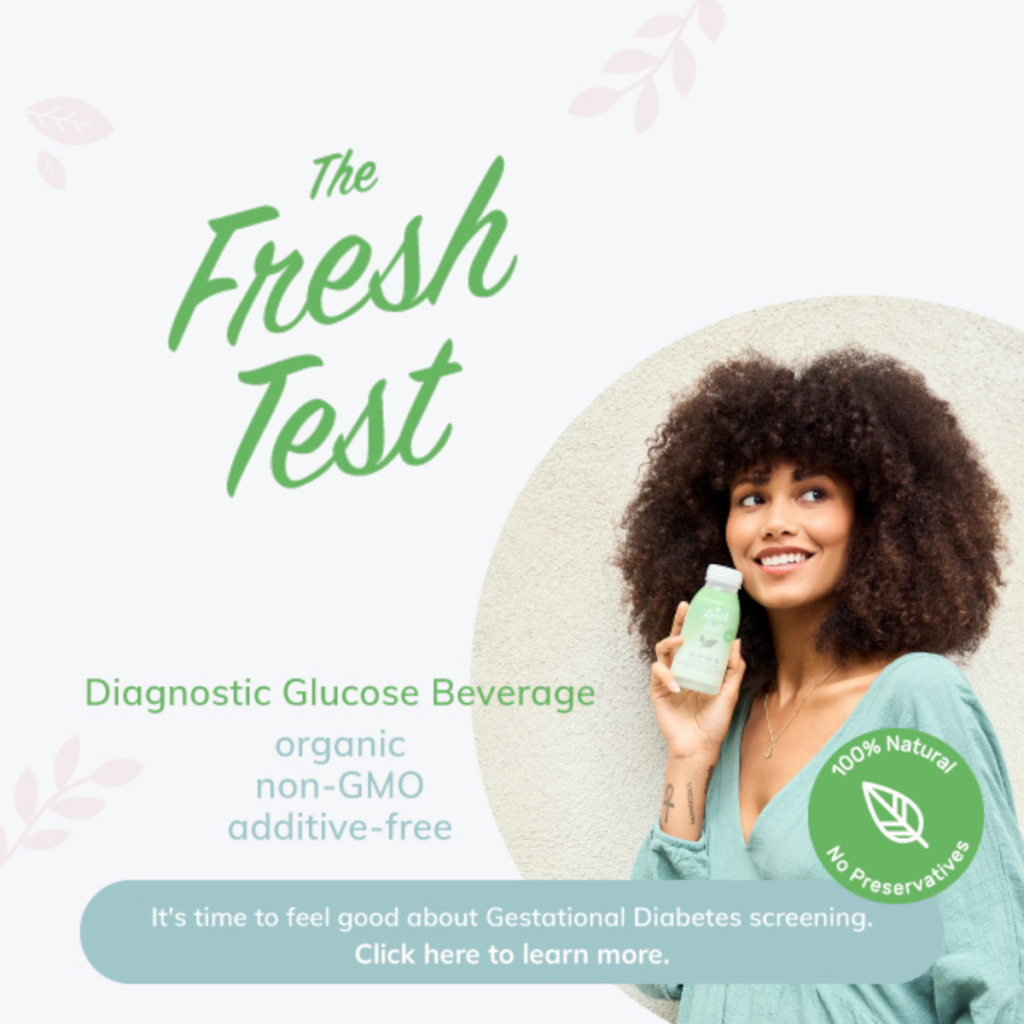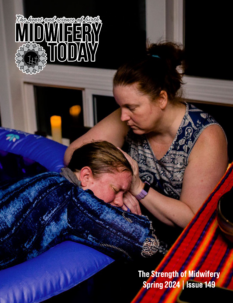
Chanda Williams—chandawilliams.com
Introducing “The Doula Corner”
While the term doula is recent in history (1960s), the role of a doula is not new. Doulas have always been a part of the ancient and sacred art of women supporting women during childbirth. With only 1–2% of all births in the US occurring outside of the hospital, our roles as doulas have primarily moved into the hospital setting to support women and families during birth. Birth doulas still support women at home- and birth center births, but our roles are no less important than how we affect our clients’ health during hospital births.
We have the quantitative data to demonstrate a doula’s effectiveness in the hospital setting. Birth and postpartum doulas’ impact on cesareans, inductions, epidurals, initial and long-term breastfeeding, mother satisfaction of the birth experience, and long-term rates of reduced postpartum depression is indisputable (Hodnett et al. 2013; Kozhimannil et al. 2013). As a result of research and consumer demand, doulas are beginning to be taken much more seriously within the medical community—illustrated by recent developments in states such as Oregon, where the state’s Medicaid system has begun to reimburse them. This is progress and it will inevitably have vital long-term impacts on the health of women, babies, and families.
Women supporting women, whether as midwives or doulas, has a long history globally. Midwives and doulas have always been together in one form or another during birth, but in recent history a gap has occurred, which sees us practicing less together in partnership for our common goal of supporting women during the childbearing years. Midwifery Today recognizes the need for doulas to be recognized alongside midwives in a new way that shows our support for bridging any gaps between these two communities. It is time for doulas and midwives to come together to create strong partnerships. This does not always mean actively practicing together—but coming together in the shared goal of creating and supporting empowered, positive, healthy birth and early parenting experiences for all women. This is critical for birth reform; we are stronger together than apart. Midwives and doulas working collaboratively on this level, we believe, is imperative to creating and supporting a safety net for women and families during pregnancy, birth, and beyond—especially when women give birth in a hospital setting.
With this knowledge of the important role doulas play across the spectrum of birth, Midwifery Today is pleased to announce the launch of a new section of the magazine and our website dedicated to our doula sisters—who contribute positively to the birthing community. Midwifery Today intends to become a hub for doulas—as it has been for midwives—regardless of their path or practice.
“The Doula Corner,” is part of a multi-pronged approach to incorporate doulas into our organization in an even more meaningful way. Not only will we have a dedicated section of our website for and about doulas, we will also focus on doulas more in the magazine. In addition, we will explore ways to incorporate doulas in an even greater capacity into our conferences, both nationally and internationally.
References:
- Hodnett, ED, et al. 2013. “Continuous Support for Women during Childbirth.” Cochrane Database Syst Rev 7: CD003766.
- Kozhimannil, KB, et al. 2013. “Doula Care, Birth Outcomes, and Costs among Medicaid Beneficiaries.” Am J Public Health 103(4): e113–21.
 Shea Hardy Baker has been a birth and postpartum doula and childbirth educator since 2003. She was the co-founder and Executive Director of Doulas Supporting Teens, a nonprofit organization that offered pro bono doula, childbirth education, parenting groups, and referral services in Lane County, Oregon, for nine years. Shea resides with her husband, son, two dogs and seven chickens in Eugene, Oregon.
Shea Hardy Baker has been a birth and postpartum doula and childbirth educator since 2003. She was the co-founder and Executive Director of Doulas Supporting Teens, a nonprofit organization that offered pro bono doula, childbirth education, parenting groups, and referral services in Lane County, Oregon, for nine years. Shea resides with her husband, son, two dogs and seven chickens in Eugene, Oregon.
Doulas
Featuring articles previously published in Midwifery Today magazine, this e-book focuses on doulas. With recent research showing that a doula’s presence at a birth significantly improves outcomes, this e-book is timely and relevant for today’s birth workers and expectant parents.
- Chapter 1: “The Doula Phenomenon and Authentic Midwifery: Protection as a Keyword” by Michel Odent
- Chapter 2: “Being the Quiet Midwife/Doula in the Corner” by Ana Paula Markel
- Chapter 3: “Confessions of a 57-year-old Rookie Doula” by Helen Hill
- Chapter 4: “A Birth Doula for Every Mother” by Allie Chee
- Chapter 5: “DONA’s Youngest Certified Doula” by Mary Ann Lieser
- Chapter 6: “The Midwife and the Doula: A Tale of Two Sisters” by Vicki Penwell
- Chapter 7: “A Doula’s Bag-of-Tricks: What’s in It for You?” by Debra Pascali-Bonaro
- Chapter 8: “Supporting Empowered Births” by Heathir Brown
- Chapter 9: “A Week and a Question” by Heide Thorsen
- Chapter 10: “Doulas in Europe” by Elena Piantino
- Chapter 11: “A Buddy Near the Crib: Perinatal Coaching for Underprivileged Families” by Annemarie Hoogewys
- Chapter 12: “Compassion and Empathy: A Doula’s Best Friends” by Kicki Hansard
- Chapter 13: “Adapting Birth Services for Incarcerated Mothers” by Marianne Bullock and Vicki Elson
- Chapter 14: “Accepting Love without Perfection: The Roles of Grandmothers and Postpartum Doulas” by Vicki York
- Chapter 15: “Doula by Default” by Salem
- Chapter 16: “Let Your Monkey Do It: A Doula’s Take on Homebirth” by Debra Flashenberg
Buy from Amazon
Buy from Smashwords
















